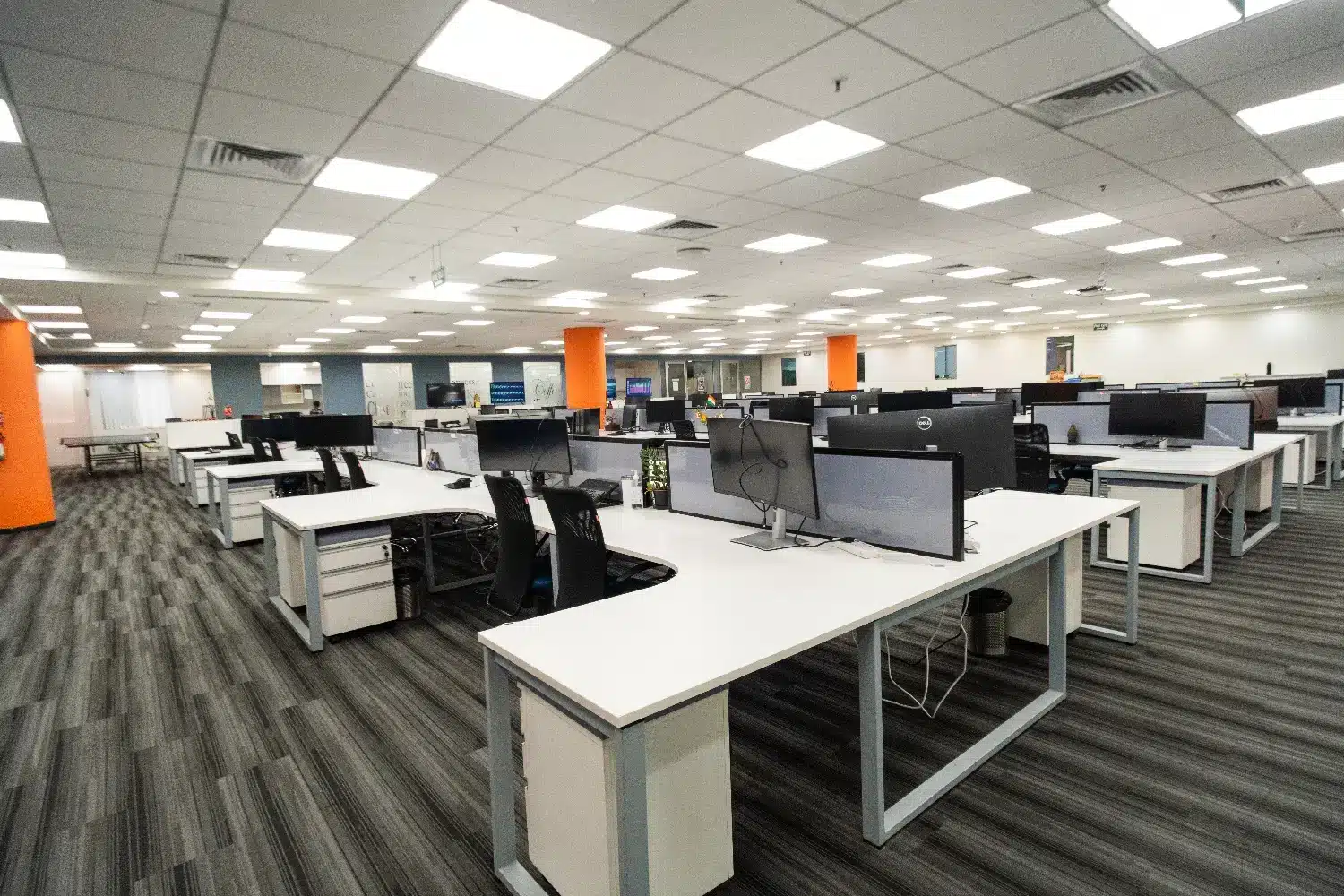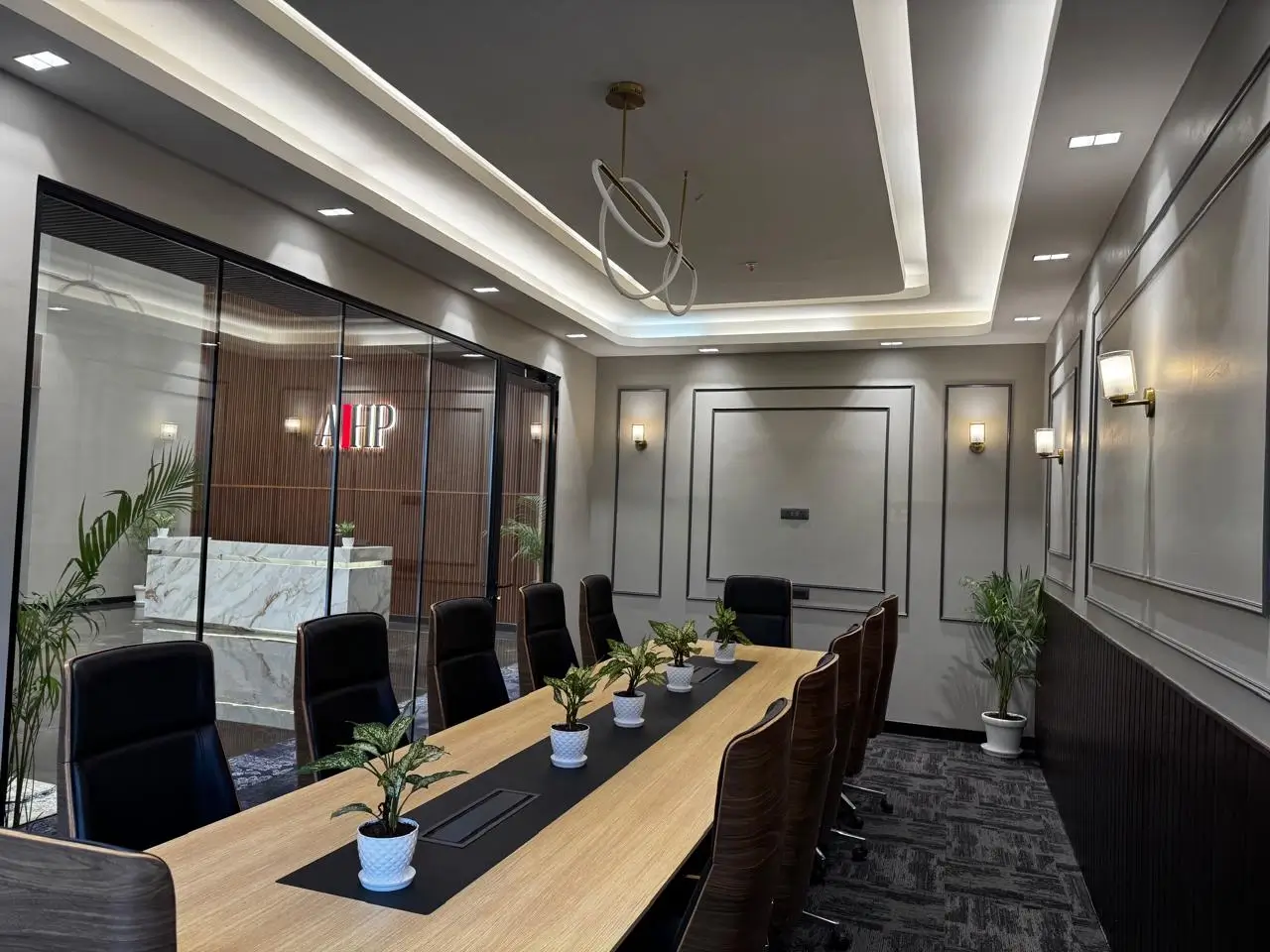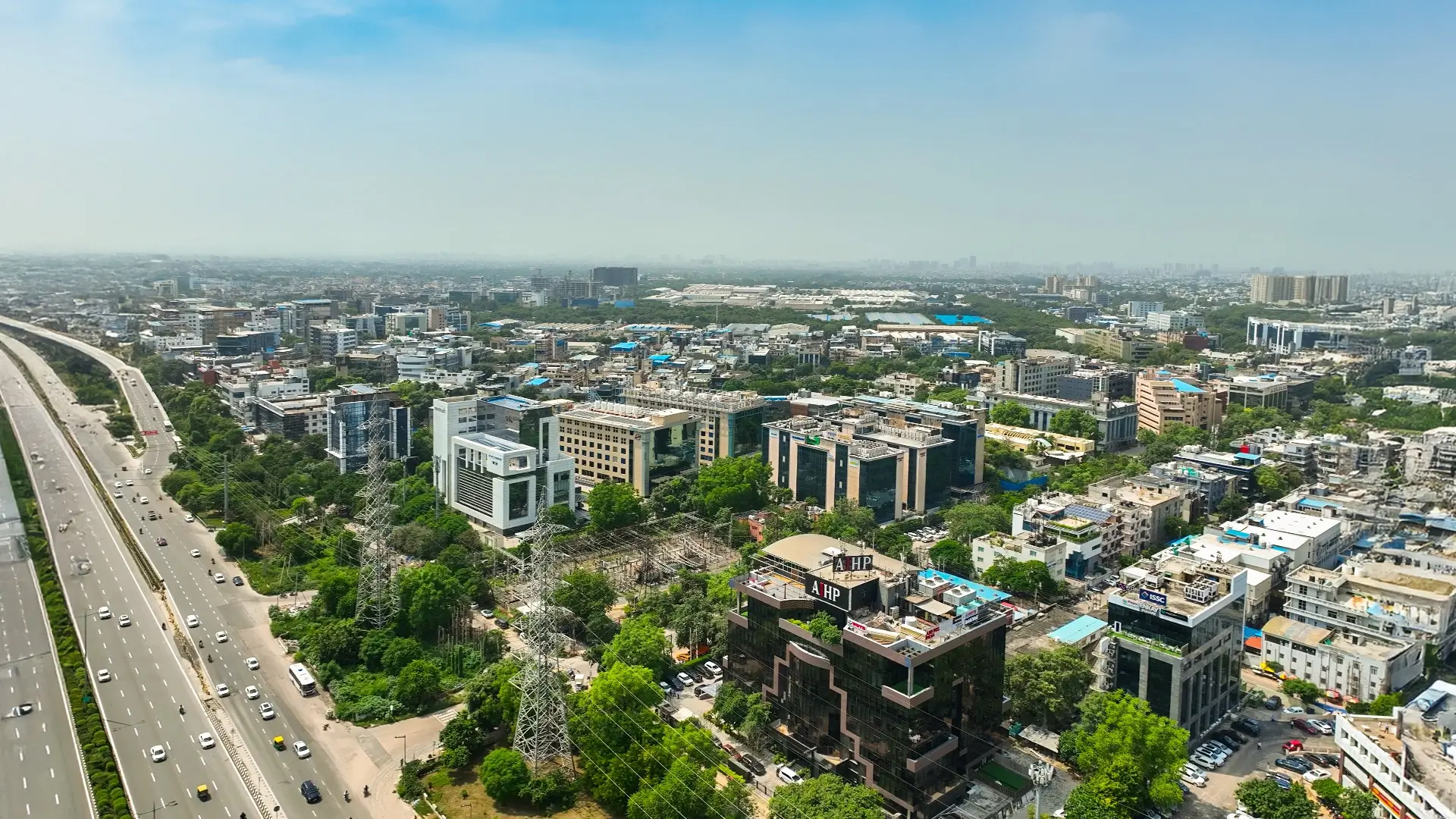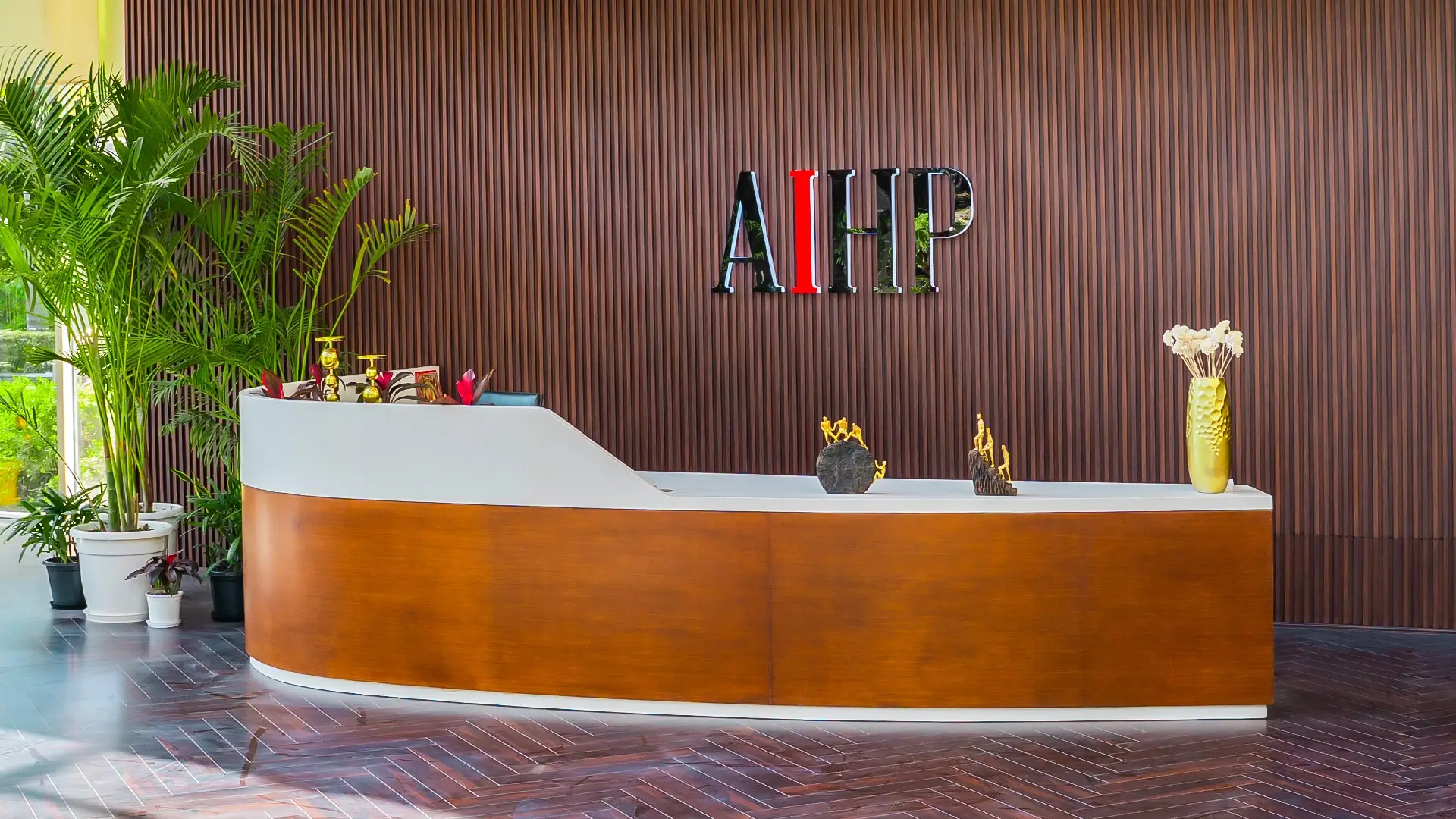Introduction – From free coffee to full-spectrum care
Remember when “wellbeing” at work meant a ping-pong table, a dusty yoga mat, and a poster about posture? Those token gestures feel prehistoric now. Over the past five years—super-charged by the pandemic—wellbeing has moved from the perk column to the profit-and-loss statement. CFOs scrutinise the cost of sick days, CHROs fight for talent, and managers juggle hybrid schedules that turn nine-to-five into a Möbius strip.
So, what actually works? Below are five evidence-backed trends reshaping offices in 2025. They aren’t fads pulled from a glossy design catalogue; they’re practical, measurable shifts backed by global studies and real company results. Sprinkle them into your workplace strategy and you’ll see happier faces, steeper productivity curves and, yes, a healthier bottom line.

Trend 1 – Biophilic design: letting nature crash the office party
Bringing the outside in
Enter an office filled with natural light, green palms and a roiling water wall and you can almost feel your shoulders unwind. Humans have spent 99.9 percent of our existence living in nature, so our brains still search for foliage and sun as “safes.” Biophilic design leverages that urge in the office.
The Human Spaces global biophilic design report set up offices with lots of natural content have a 15 percent improvement in the well-being of employees and a 6 percent increase in productivity. Those are figures that translate to millions of rupees worth of extra production per year.
How top brands do it
- Amazon Spheres, Seattle – three glass domes that contain 40,000 plants. Meetings are like safari pit-stops.
- Google, Hyderabad – floor-to-ceiling windows, terracotta pots, and screen bamboo screening India’s strong sun.
- PwC, London – herb gardens and apiaries on the roof that supply the café salads.
Start small, win big
You don’t need a jungle atrium. Begin with:
- Pocket forests – clumps of table-top plants on group desks.
- Green acoustics – moss panels absorb sound and create texture.
- Daylight democracy – rotate desk layouts so no one is condemned to the fluorescent gulag in the middle.
Within a month you’ll notice fewer headaches, livelier brainstorming and Instagram-worthy corners that double as employer-branding gold.

Trend 2 – Flexible workspaces: desks that dance to the task
Why static layouts fail dynamic teams
Task variety has gone through the roof. One hour we need heads-down focus, the next we are knee-deep in a design sprint and by lunchtime we are leading interns. A rigid grid of cubicles just can’t stretch fast enough. Hello, world of hot desks, movable walls and multi-use nooks.
A Deloitte workplace flexibility report revealed a 30 percent boost in employee satisfaction and a 20 percent boost in cross-team collaboration after companies adopted activity-based working.
How flexibility works in practice
- Neighbourhood seating – marketing in the activity zone, finance in the library alley, leadership dotted around like floating mentors.
- Furniture on wheels – tables toggle, screens glide, and sofas nest together for Friday town halls.
- Tech on tap – every seat in strike range of power, information and high-speed wireless.
When Deloitte re-drafted its Amsterdam office to these principles, the floor plan reduced by 20 percent but accommodated 30 percent more project teams. Flexibility, it appears, is square-footage magic.
Trend 3 – Ergonomic comfort: health in adjustable doses
Muscles, morale and the hidden cost of a bad chair
Back pain is the new smoking—quiet, persistent and expensive. Poor posture drains energy and shoots absences into the stratosphere, while wonderful ergonomics capture attention like an IV of caffeine.
A TinyPulse employee-retention survey shows workers with sit-stand workstations are 32 percent less likely to look for a new job. Intel’s global ergonomics program—documented on its corporate website—reduced musculoskeletal claims and paid for itself in one year in reduced health insurance costs.
Ergo-toolkit for immediate relief
- Sit-stand desks – promote micro-movement; studies correlate 30 minutes of standing each hour to reduced blood sugar spikes.
- Adjustable chairs – lumbar support, 4-D armrests, breathable mesh.
- Monitor arms – keep screens at eye level, saving necks nationwide.
- Footrests & keyboard trays – small accessories, huge posture dividends.
Implement these basics and you’ll hear a collective sigh of relief—sometimes literally.

Trend 4 – Wellness tech: IoT meets TLC
Intelligent systems that tend in silence
Technology is not just for dashboards and deadlines. Technology can be the unobtrusive guardian of health—regulating air quality, reminding to stretch, dimming lights as evening fatigue looms.
- CO₂ doldrums are averted by air-quality sensors that trigger surges in headaches.
- Human-centric lighting shift from energizing cool white in morning to warmth at sunset following lunch, synchronizing circadian rhythms.
- Wellness apps beep reminders: breathe, hydrate, step away from screen.
Cisco’s San Jose smart-building initiative—chronicled in a Cisco case study—enmeshed IoT sensors with HVAC and lighting. Employees slept better and were brighter-eyed at noon, and the facilities team received a 20 percent energy-savings bonus.
VR: from gaming to calm-training
PwC’s “Seeing is believing” VR research found virtual-reality mindfulness training builds confidence four times faster than classrooms. Imagine slipping a headset on for a five-minute guided beach meditation before a high-pressure client pitch: heart rate lowered, creative juices pumping.
Trend 5 – Mental-health spaces: sane minds, sharp ideas
Silence is golden (and profitable)
Noise burnout does. Burnout does too. Quiet spaces, prayer rooms and mindfulness areas give employees permission to take a step back. Accenture’s mindful performance initiative repurposed old storage rooms as zen rooms; in one quarter, stress-level surveys dropped and project throughput increased.
Three steps to create a haven
- Location – conceal it from clacking keyboards and ringing phones.
- Ambience – soft light, neutral color palette, tactile furniture.
- Tools – floor cushions, noise-cancelling headphones, a fully-charged tablet loaded with meditation apps.
Even a 4 m² alcove can be sanctum if carefully curated. Imagine it as an emotional circuit-breaker: five minutes in, staff reappear rebooted.

Making trends happen: Your beginner’s guide
- Identify pain points – quiz employees on noise, light, posture. Use free tools such as Google Forms; anonymity encourages honesty.
- Score quick wins – bring in plants, swap chairs, experiment with a mindfulness pod. Track effect via short fortnightly questionnaires.
- Scale success – larger budget? Roll out sit-stand desks over the floor, introduce IoT sensors, or go for a complete biophilic makeover.
- Track metrics – measure absenteeism, turnover, energy use, eNPS. Reward increases; adjust for declines.
- Iterate quarterly – wellbeing is “set and forget” it isn’t. Employees, markets and tech shift—so does your workplace.
Conclusion – Invest in people, reap performance
Offices are more than real-estate line items; they’re the biosphere where ideas germinate and cultures bloom. Embrace biophilia, flexibility, ergonomics, wellness tech and mental-health sanctuaries, and you’ll craft an environment where people don’t just work—they thrive.
Want to see and experience a workplace designed for wellbeing? Contact AIHP to book a tour. Our Gurgaon managed offices incorporate these trends into each square metre—zero CapEx, zero stress, happier humans, and healthier balance sheets.
Frequently Asked Questions (FAQs)
Start with plants. Even a few potted plants enhance mood and reduce perceived stress in days.
Yes. Human-centered LEDs improve alertness and can save energy costs 15 – 20 percent using sensors and timers.
As few as four square metres—just offer acoustic separation and calming furnishings.
Yes. Activity-based designs have a tendency to free 10 – 20 percent of long-unused space.
Track voluntary turnover, absenteeism, eNPS, and project throughput. All the improvements here go straight to the bottom line.



